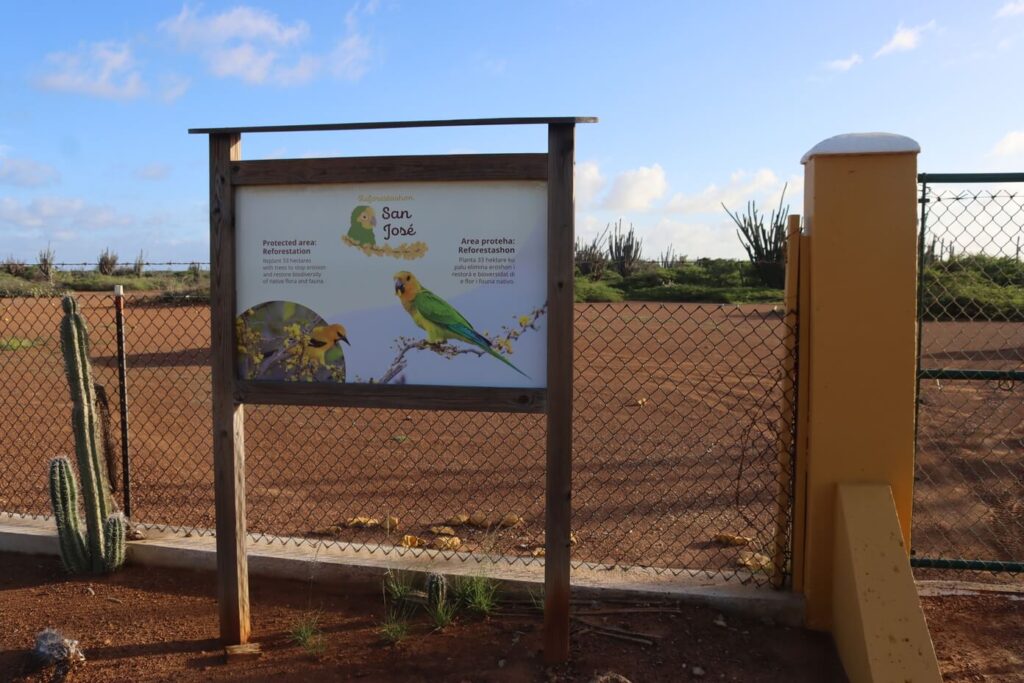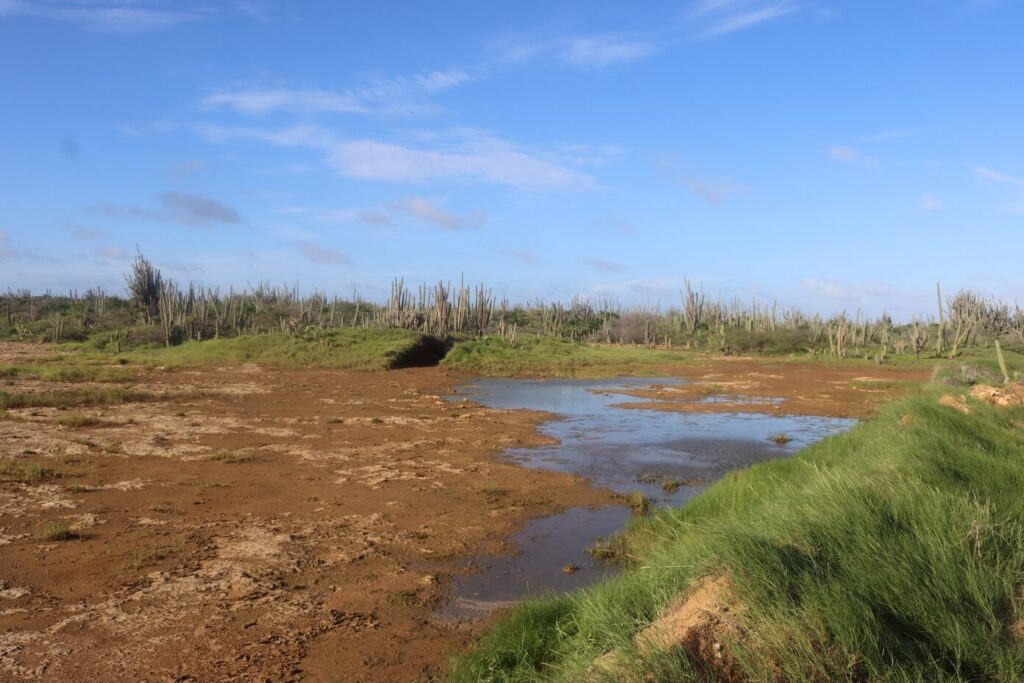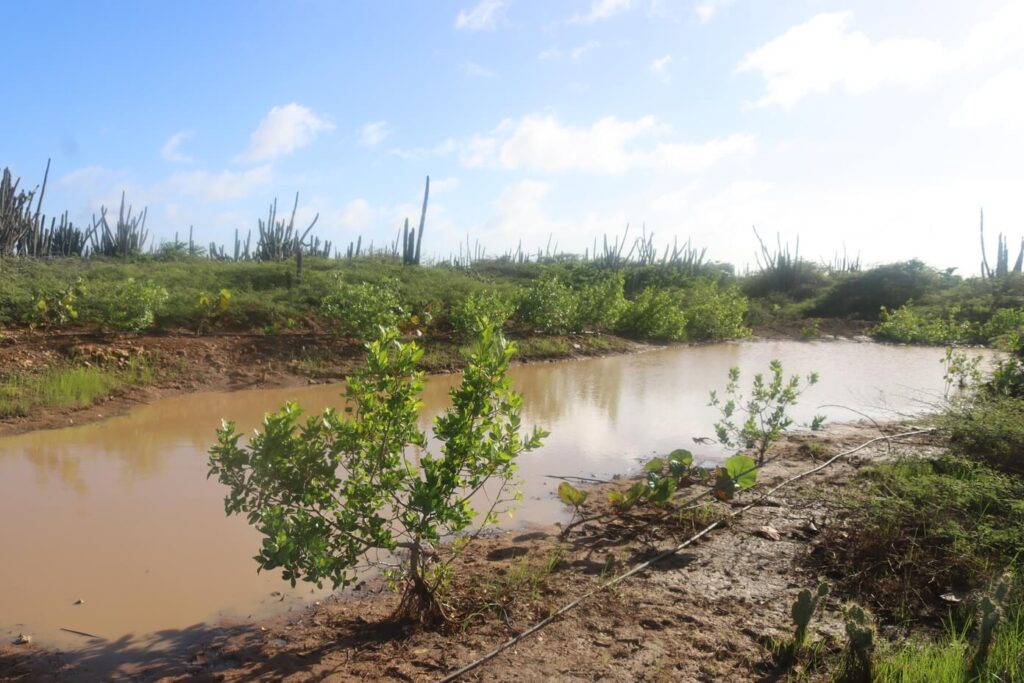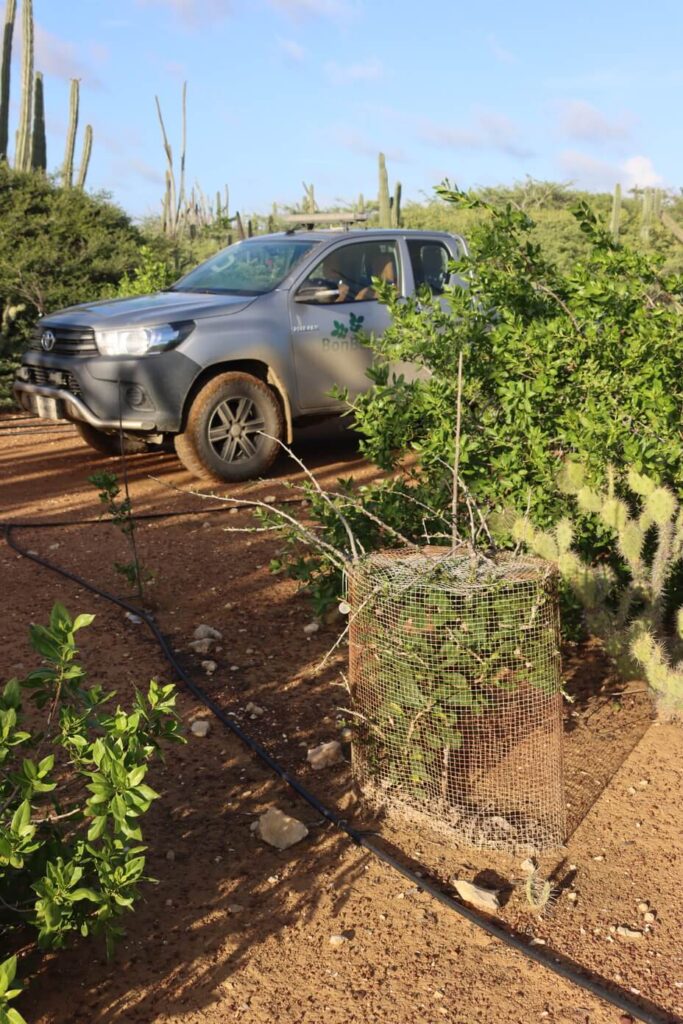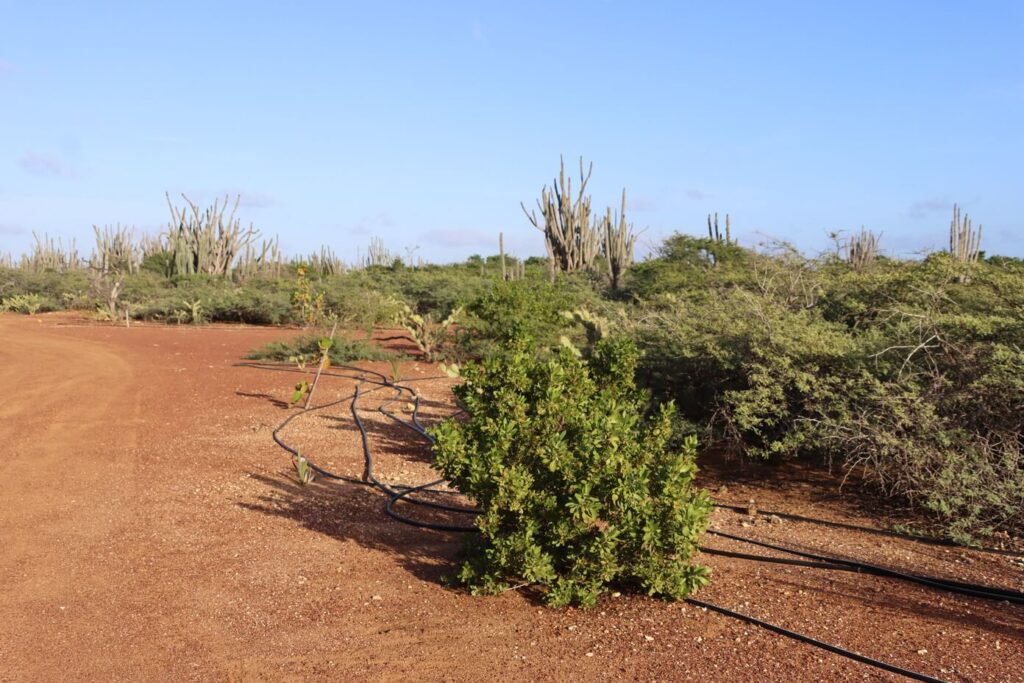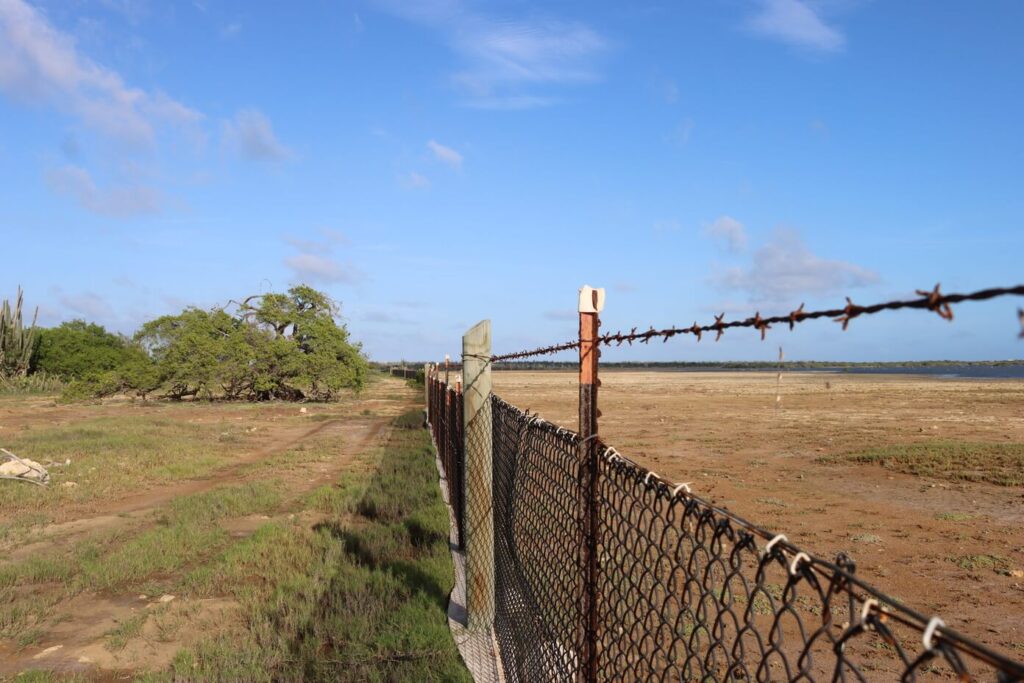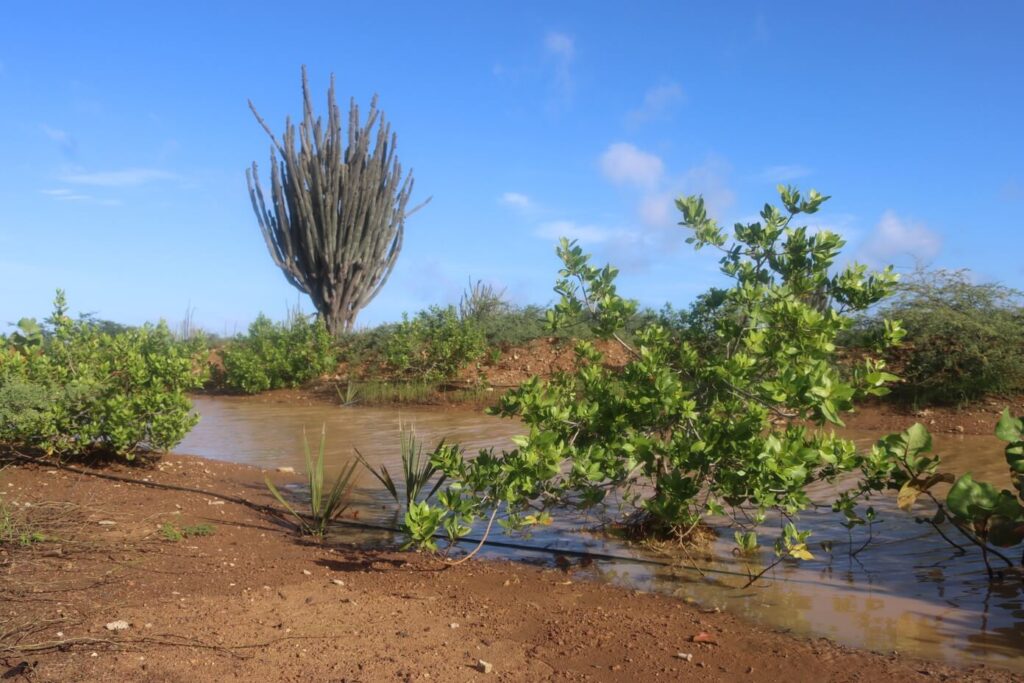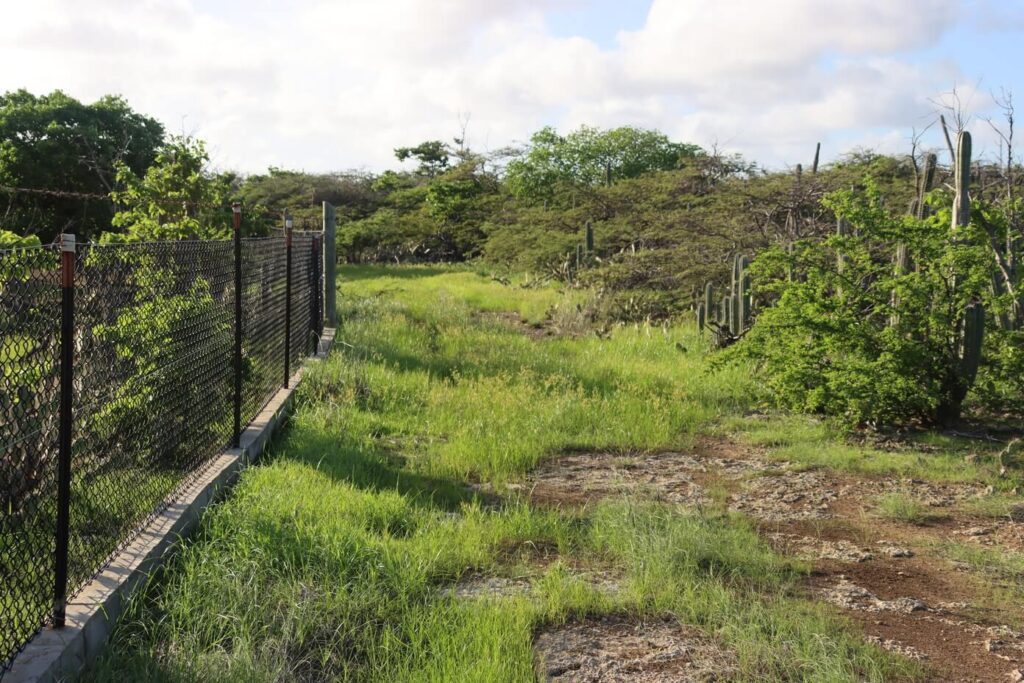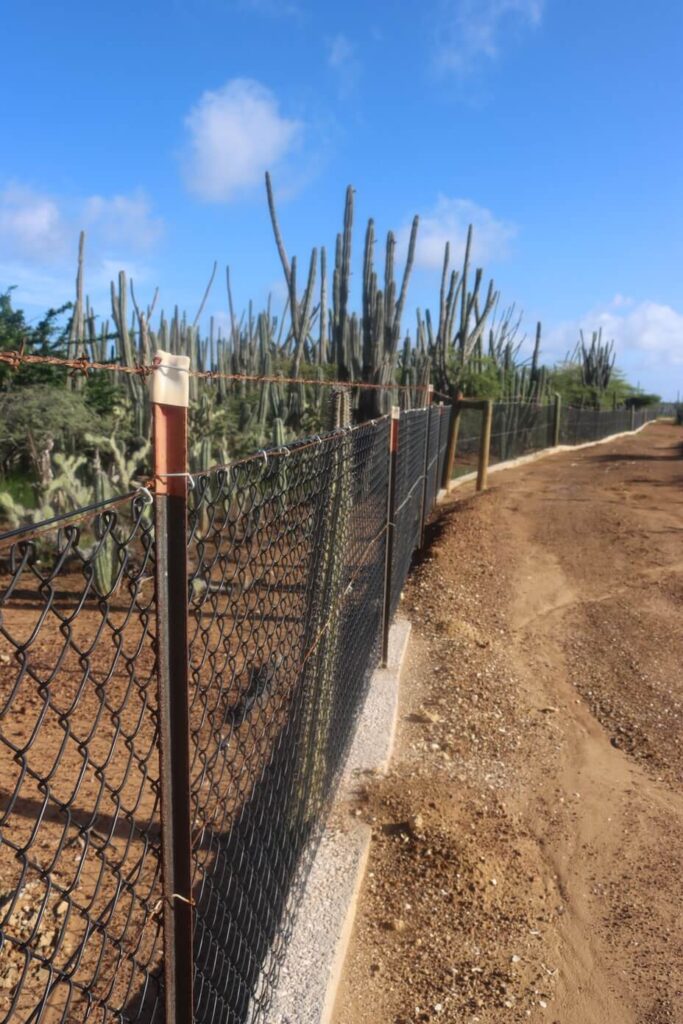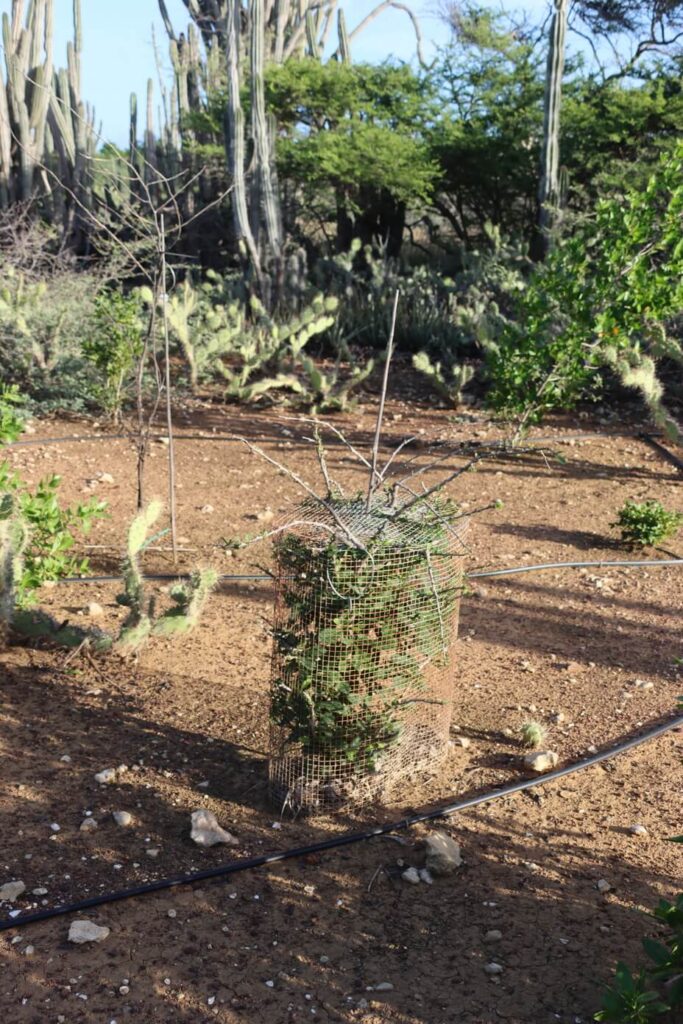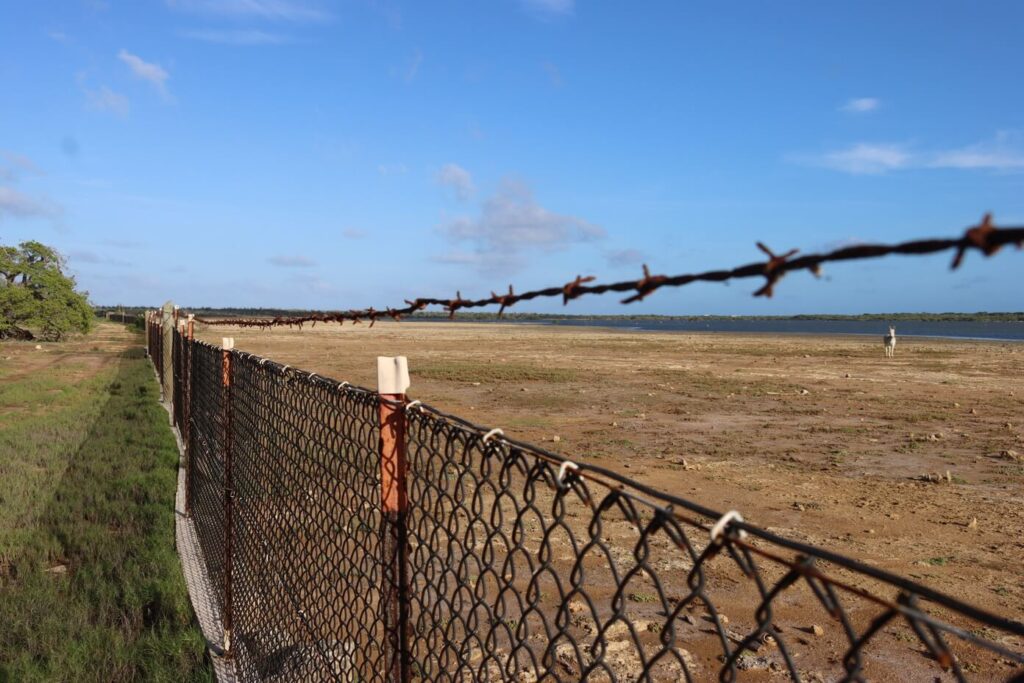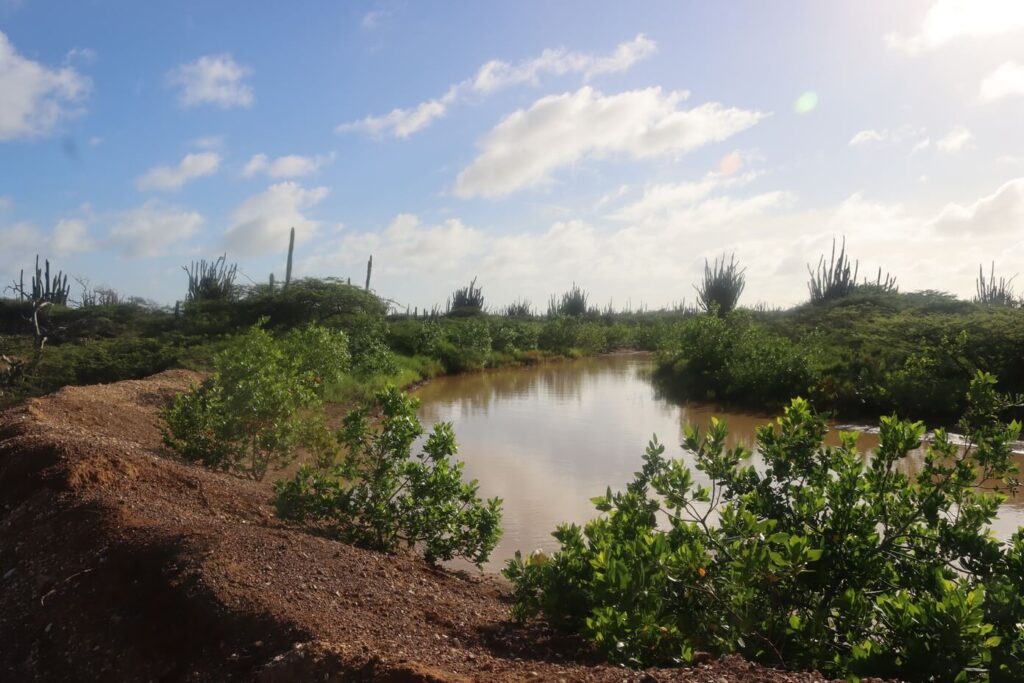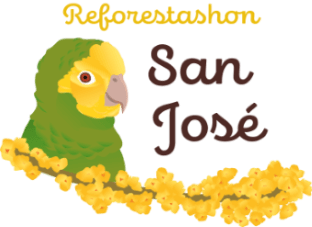
Reforestashon
San José
Bonaire
Reviving nature, restoring balance: planting trees for a greener tomorrow!
Reforestashon San José
“Reforestashon San José” is a reforestation project on the former plantation Kunuku San José, a 33-hectare site adjacent to Lac Cai (between Kaminda Sorobon and Kaminda Lac) on the island of Bonaire.
This project was initiated by La Montañita Foundation, a fully privately financed NGO dedicated to the preservation of vulnerable nature areas. Our mission is the restoration of the flora and fauna on Bonaire and by that, amongst others, making a positive contribution to the Lac Line and to Bonaire’s (micro)climate.


OUR PEOPLE
Our project was initiated by the La Montañita Foundation, established in 2016. The Foundation is led by an ambitious Board and supported by nature enthusiasts from Bonaire and the Netherlands. In addition, a team of passionate volunteers plays a crucial role in driving our mission forward with their dedication and enthusiasm.
Daily operations at San José are managed by BonBèrdè, a highly skilled nature conservation organization based on Bonaire. All newly planted trees are cultivated by Tera Barra.

OUR VISION
Our long-term vision is to sustainably preserve and restore Bonaire’s vulnerable native landscapes. Additionally, we aim to reduce the erosion of fertile soil into Lac Cai caused by heavy tropical rainfalls.
By raising local awareness about the impact of free-roaming large grazers, we are fostering a deeper understanding of the challenges faced by native vegetation. Our ultimate goal is to serve as an inspiring example of how reforestation can be successfully achieved on Bonaire.

OUR MISSION
Our reforestation initiative aims to:
- Restore native flora and fauna to their fullest potential.
- Provide habitat and resources for insects and birds to thrive.
- Prevent soil erosion, which causes sediment to flow into Lac Cai, threatening the mangroves by suffocating them.
- Contribute to climate regulation, as mangroves store significantly more carbon than typical trees.
Did you know that the shade provided by the trees can lower temperatures by up to 6°C, reducing the rate of moisture evaporation?

OUR CHALLENGES
To ensure the success of our project, it is essential to maintain secure fencing around the area and reinforce our dams. Proper and sustainable fencing protects young vegetation from grazing animals, while stronger dams are crucial to manage water flow and to prevent erosion. These measures are vital for creating a sustainable and resilient environment for our reforestation efforts.
The salty and windy climate conditions close to Lac, combined with limited soil layers on limestone restrict new plantation to a few local species.
Reaching our goals


Phase 1
- Incorporation of our foundation (2016)
- ANBI status obtained (2017)
- Purchase of San José (2018)

Phase 2
- Fencing and cleaning of the area (2018-2019)
- Removal of invasive grazers (2019)
- Installation of water pipes and drip irregation systems (2019-2021)
- Planting of 1,600 trees (2019-2022)
- Construction of dams to prevent erosion (2022-2023)

Phase 3
- Maintaining protective fences
- Strengthening and reinforcing dams
- Nurturing and caring for the already planted vegetation
- Enriching the soil to support plant growth
- Ensuring the continuity of the project, as its success depends entirely on private and public donations or partnerships
- Drawing on expertise from national and international peer projects
Our recent results
- We restored three dams to their original height, allowing rainwater to be retained behind them. In 2022, 300 new native trees were planted at the base of these dams to help stabilize the soil. Along with the natural dunes, these form an effective flood defense that is expected to last for at least 30 years.
- Over the past two years, the absence of herbivores has allowed grass to regrow in many areas, and seeds carried by birds are beginning to take root again. This has led to reduced soil erosion, and fallen seeds from plants and trees are now able to germinate without being eaten by goats or donkeys. Bird diversity is already visibly increasing.
- About 60% of the planted trees show varying levels of vitality. However, iguanas have taken a liking to the new food supply, nibbling the leaves of some trees down to the last millimeter.
- At the request of a bat expert, we planted 400 agaves. Their flowers provide a vital food source for Bonaire’s bats.
- Due to the challenging windy and salty conditions—and the impact of iguanas—we have focused on planting 5–7 tree species that are well-suited to San José’s environment and are both salt- and iguana-resistant.
